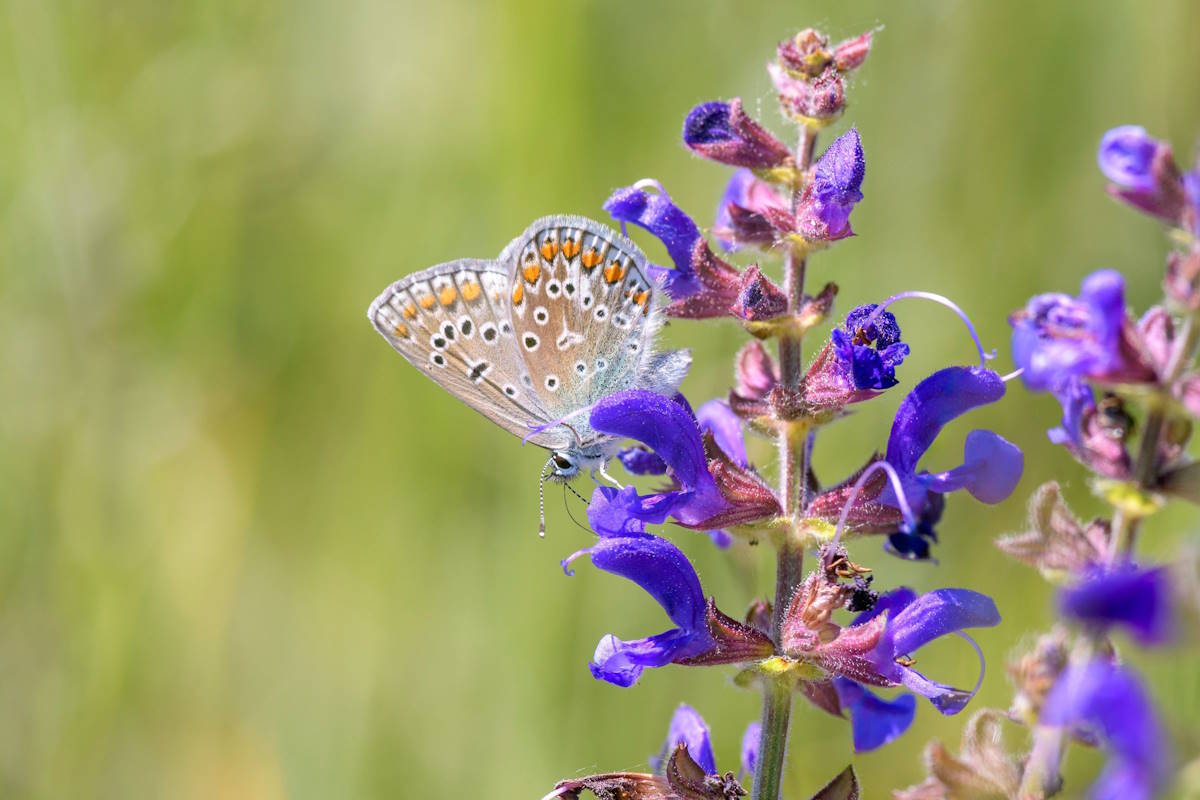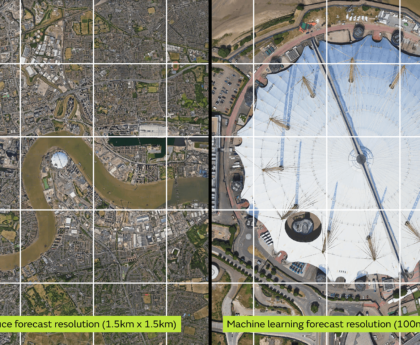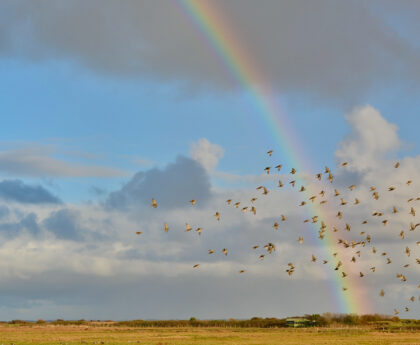Dr Debbie Hemming is a Met Office scientist who oversaw the projects. She said: “A couple of years ago Met Office staff voted for The Wildlife Trusts to become our corporate charity.
“Building on this success and popularity of this relationship many of our colleagues – including climate scientists – realised they could use their expertise and time to help understand more about the impacts of weather and climate change on threatened species.
“Civil servants are entitled to three volunteering days per year to help support good causes. Using these days our colleagues have developed projects which provide an insight into how our changing climate is affecting some of our most special nature reserves and landscapes.”
Nigel Doar is the Head of Science and Research at The Wildlife Trusts. He said: “These projects have been great opportunities to bring together the skills of people at the Met Office who understand climate change and those colleagues across The Wildlife Trusts who have a growing list of questions about how a changing climate will affect the UK’s native plants and animals, and the habitats and landscapes where they live.”
The list of projects supported by this volunteer staff initiative include:
- Climate suitability for reintroducing rare plant species;
UK climate information was used to map the current and future areas of suitable climate for Meadow Clary, a localised plant in the UK, and identify sites for potential reintroductions taking into consideration future climate change - Communicating climate changes at Wildlife Trust sites;
The team behind this project examined how to communicate the challenges posed by climate change at Wildlife Trust sites, and the contributions that healthy natural systems make to limiting and adapting to a changing climate. - Developing a series of bespoke weather and climate indicators of relevance for The Wildlife Trusts;
Specific climate-related indicators, including accumulated rainfall and number of days with temperature above a threshold, were developed to identify how climate influences natural events at Wildlife Trust sites, including the first-flowering dates of hay meadow plants and movements of chalk grassland butterflies - Invasive Pacific Oysters and sea temperature changes;
Current and future projected UK sea-surface temperatures were analysed to assess the likely responses of the Pacific Oyster, an invasive non-native species, to our changing climate. - Climate and Barn Owl success in Northern Ireland
Climate variables were compared with data on the nesting survival of Barn Owls in Northern Ireland. It was shown that the survival of nesting Barn Owl chicks, which have non-waterproof plumage, are negatively affected by high rainfall and low temperatures during key months of the year.
Nigel Doar concluded: “Climate change is a key threat to our native wildlife. This project has pioneered techniques for understanding climate impacts on wildlife. We hope these learnings can be developed and used to improve the resilience of wildlife and wild places to climate change. This can help us to protect native wildlife from further decline and even disappearance.”






